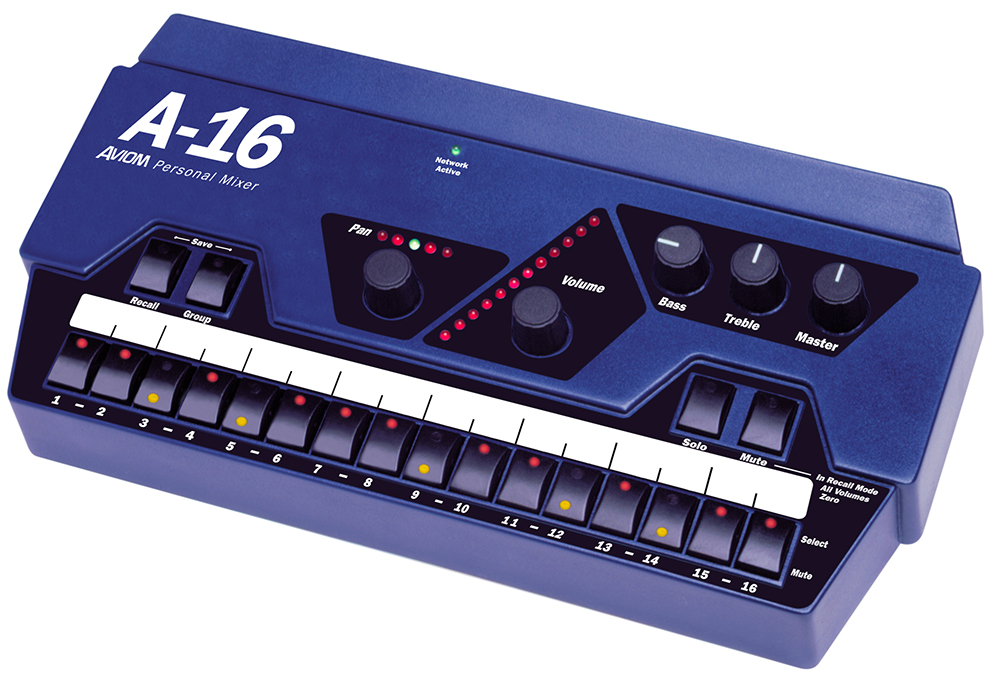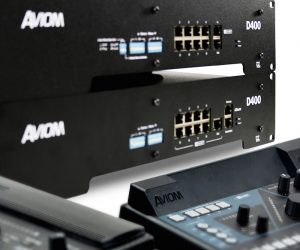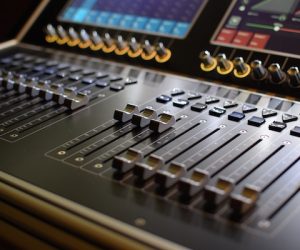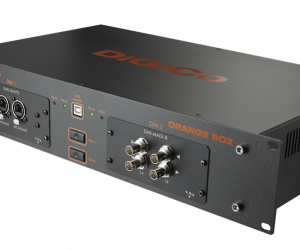
Aviom A-16 Personal Mixer
Released: 2002
Price: $1295
Providing individual monitor mixes for performers, especially in the recording studio, had long been a problem looking for an elegant solution. In the old analogue world it could only be achieved by having lots of aux sends, cabling and headphone amps… and a patient engineer to drive all those mixes. It worked if you were in a decent studio that had the equipment and the time to set it up, otherwise it was a case of “everyone hears the same thing”. Then along came the Aviom A-16 Personal Monitor Mixing System. A product of the digital age it allows multi-channel audio to be converted to 24-bit digital, and sent via Cat5 to individual 16-channel mixing stations. Once the system is connected, the engineer can concentrate on the recording channels and hopefully won’t hear the words “I can’t hear myself”. The performers love it. In the original AT review Trevor Cronin gave it credit for “empowering the performer” and I can only agree. Controlling what they hear increases the performer’s engagement in the session, provides comfort to nervous musicians, and leads to more assertive performances.
In a live context the A-16 has tracked the popularity of in-ear monitoring. Aviom hasn’t taken over the rock ’n’ roll stage but has transformed pit orchestra/show band foldback along with church stages and the like.
Australia’s most popular monitor engineer Rod Matheson has an Aviom system and I asked him what changes it had made to his job, he smiled and replied: “well it means they can do it themselves”. Rod saw no threat to his own gig and always found the Aviom to be reliable and easy to use. A downside? Rod noticed that while the Aviom’s A-Net latency was perfectly acceptable in isolation, when combined with certain digital consoles (with their own latency) the total delay was sometimes enough to be noticeable by vocalists using IEMs.
The Aviom A-16 looks at home on a stage and gives performers the ability to not only set their own mix and volume, but to be able to change it through the show. Again, it’s about control and confidence leading to a better performance.
HOW IT CHANGED THE GAME:
DIGITAL TRANSPORT
If a measure of a product’s innovation is how long it takes for the competition to catch up and indeed how many copy-cats there eventually are, then Aviom’s A-16 is legendary. Ultimately, despite the neat user interface, the real smarts lay in the multi-channel digital signal transport, which proved to be the biggest barrier to entry. A-Net was years ahead — low latency and high quality.
Around 12 years after the release of the original, the Aviom A360 personal mixer has been released. That said, the original form factor of the A-16II remains.
These days, of course, pretty much every digital mixer lets performers control their aux send from a smartphone or tablet app. Which is not as refined as laying out a separate system like Aviom. But if you were to trace back to a moment we figured ceding control of monitor mixes to musicians was a good idea, you’d be staring at a small blue device. — Mark Woods

















RESPONSES